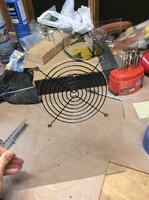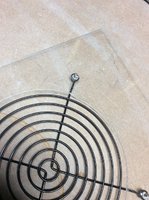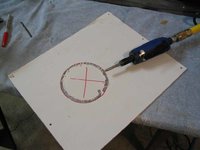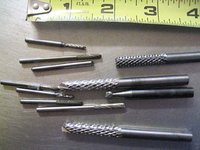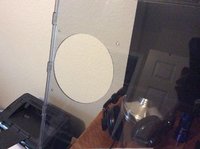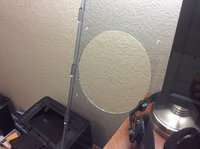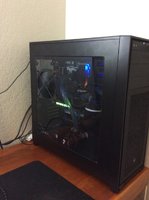Napoleon
[H]ard|Gawd
- Joined
- Jan 27, 2003
- Messages
- 1,073
Hello [H]oard-
I'm looking to add a side mounted fan to blow onto my motherboard in my Corsair 750D airflow case.
What's the best way to cut holes these days? I'd need a 140mm hole and then can drill the 4 holes to mount it.
Tools I have:
Power drill (no drill press)
Dremel (not sure which version, it's new)
Reciprocating saw with plastic blade
I'm looking to add a side mounted fan to blow onto my motherboard in my Corsair 750D airflow case.
What's the best way to cut holes these days? I'd need a 140mm hole and then can drill the 4 holes to mount it.
Tools I have:
Power drill (no drill press)
Dremel (not sure which version, it's new)
Reciprocating saw with plastic blade
![[H]ard|Forum](/styles/hardforum/xenforo/logo_dark.png)
